Adarsh Jamadandi
GNNs Getting ComFy: Community and Feature Similarity Guided Rewiring
Feb 07, 2025Abstract:Maximizing the spectral gap through graph rewiring has been proposed to enhance the performance of message-passing graph neural networks (GNNs) by addressing over-squashing. However, as we show, minimizing the spectral gap can also improve generalization. To explain this, we analyze how rewiring can benefit GNNs within the context of stochastic block models. Since spectral gap optimization primarily influences community strength, it improves performance when the community structure aligns with node labels. Building on this insight, we propose three distinct rewiring strategies that explicitly target community structure, node labels, and their alignment: (a) community structure-based rewiring (ComMa), a more computationally efficient alternative to spectral gap optimization that achieves similar goals; (b) feature similarity-based rewiring (FeaSt), which focuses on maximizing global homophily; and (c) a hybrid approach (ComFy), which enhances local feature similarity while preserving community structure to optimize label-community alignment. Extensive experiments confirm the effectiveness of these strategies and support our theoretical insights.
Spectral Graph Pruning Against Over-Squashing and Over-Smoothing
Apr 06, 2024



Abstract:Message Passing Graph Neural Networks are known to suffer from two problems that are sometimes believed to be diametrically opposed: over-squashing and over-smoothing. The former results from topological bottlenecks that hamper the information flow from distant nodes and are mitigated by spectral gap maximization, primarily, by means of edge additions. However, such additions often promote over-smoothing that renders nodes of different classes less distinguishable. Inspired by the Braess phenomenon, we argue that deleting edges can address over-squashing and over-smoothing simultaneously. This insight explains how edge deletions can improve generalization, thus connecting spectral gap optimization to a seemingly disconnected objective of reducing computational resources by pruning graphs for lottery tickets. To this end, we propose a more effective spectral gap optimization framework to add or delete edges and demonstrate its effectiveness on large heterophilic datasets.
Augmented Data as an Auxiliary Plug-in Towards Categorization of Crowdsourced Heritage Data
Jul 08, 2021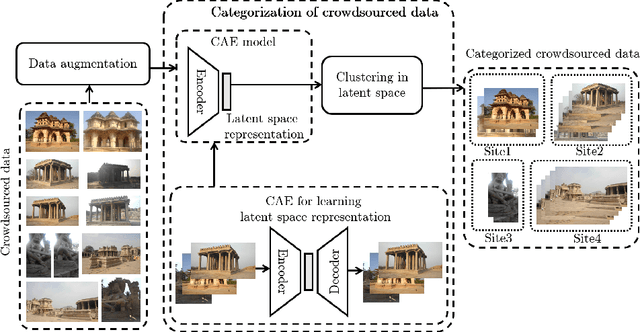

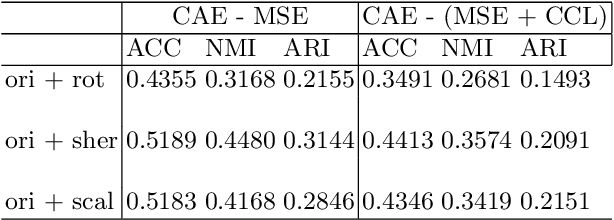
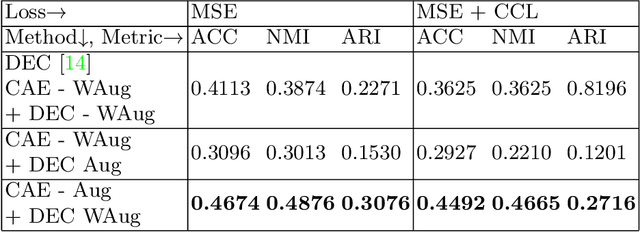
Abstract:In this paper, we propose a strategy to mitigate the problem of inefficient clustering performance by introducing data augmentation as an auxiliary plug-in. Classical clustering techniques such as K-means, Gaussian mixture model and spectral clustering are central to many data-driven applications. However, recently unsupervised simultaneous feature learning and clustering using neural networks also known as Deep Embedded Clustering (DEC) has gained prominence. Pioneering works on deep feature clustering focus on defining relevant clustering loss function and choosing the right neural network for extracting features. A central problem in all these cases is data sparsity accompanied by high intra-class and low inter-class variance, which subsequently leads to poor clustering performance and erroneous candidate assignments. Towards this, we employ data augmentation techniques to improve the density of the clusters, thus improving the overall performance. We train a variant of Convolutional Autoencoder (CAE) with augmented data to construct the initial feature space as a novel model for deep clustering. We demonstrate the results of proposed strategy on crowdsourced Indian Heritage dataset. Extensive experiments show consistent improvements over existing works.
Deep Visual Attention-Based Transfer Clustering
Jul 06, 2021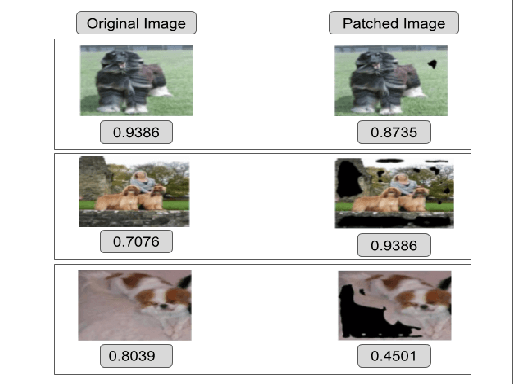
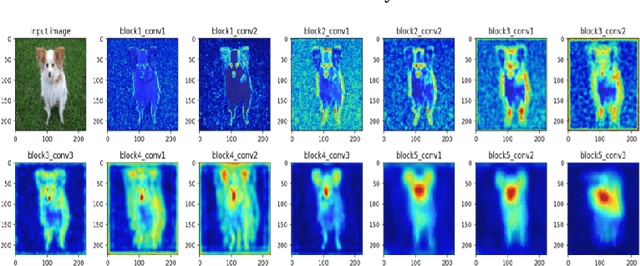
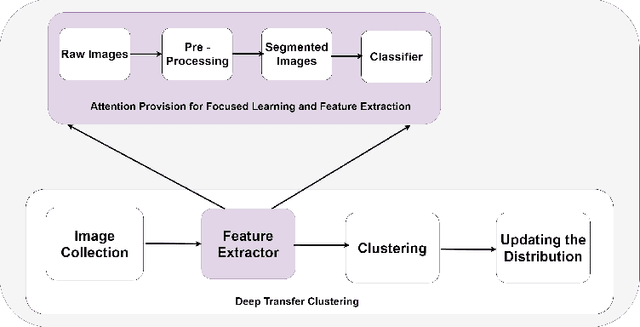
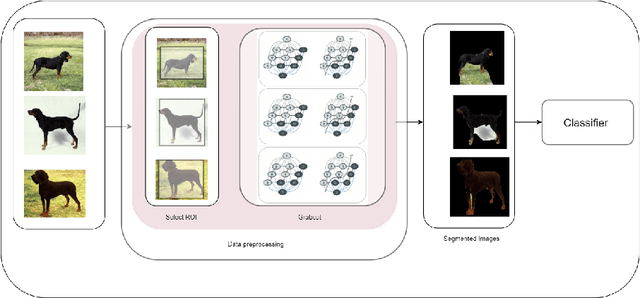
Abstract:In this paper, we propose a methodology to improvise the technique of deep transfer clustering (DTC) when applied to the less variant data distribution. Clustering can be considered as the most important unsupervised learning problem. A simple definition of clustering can be stated as "the process of organizing objects into groups, whose members are similar in some way". Image clustering is a crucial but challenging task in the domain machine learning and computer vision. We have discussed the clustering of the data collection where the data is less variant. We have discussed the improvement by using attention-based classifiers rather than regular classifiers as the initial feature extractors in the deep transfer clustering. We have enforced the model to learn only the required region of interest in the images to get the differentiable and robust features that do not take into account the background. This paper is the improvement of the existing deep transfer clustering for less variant data distribution.
 Add to Chrome
Add to Chrome Add to Firefox
Add to Firefox Add to Edge
Add to Edge